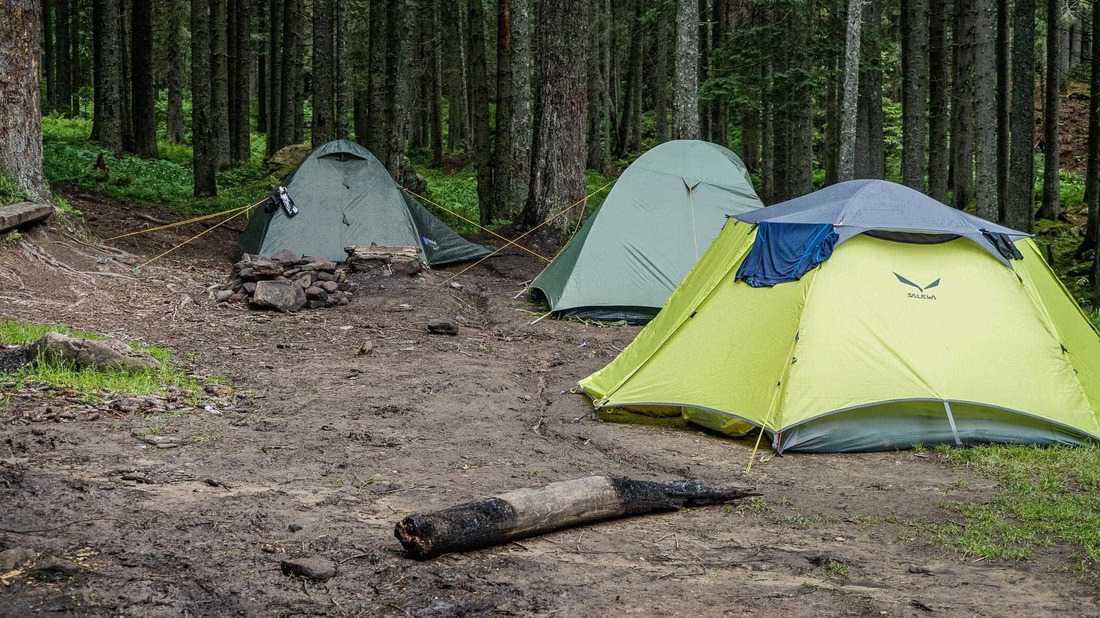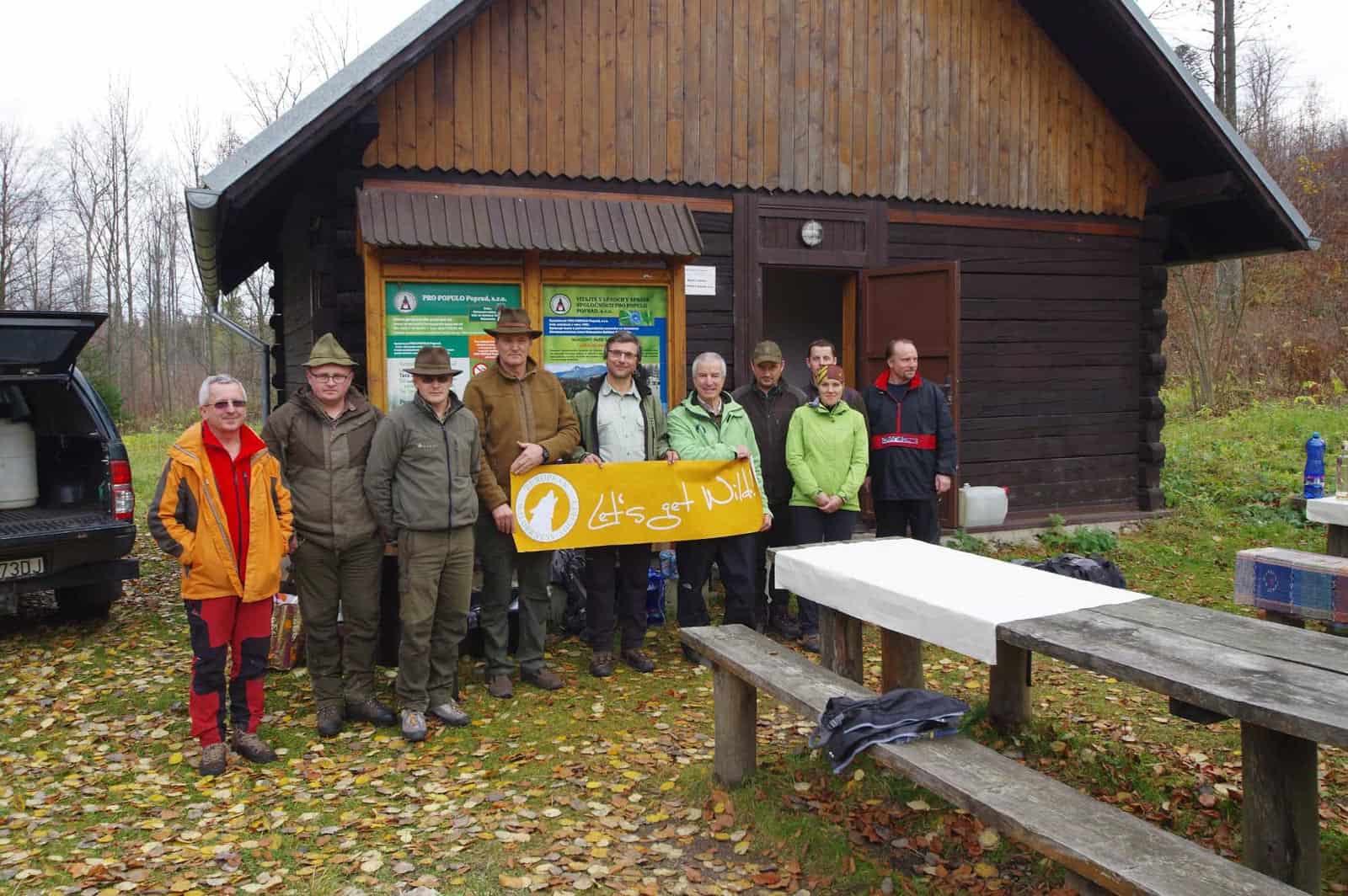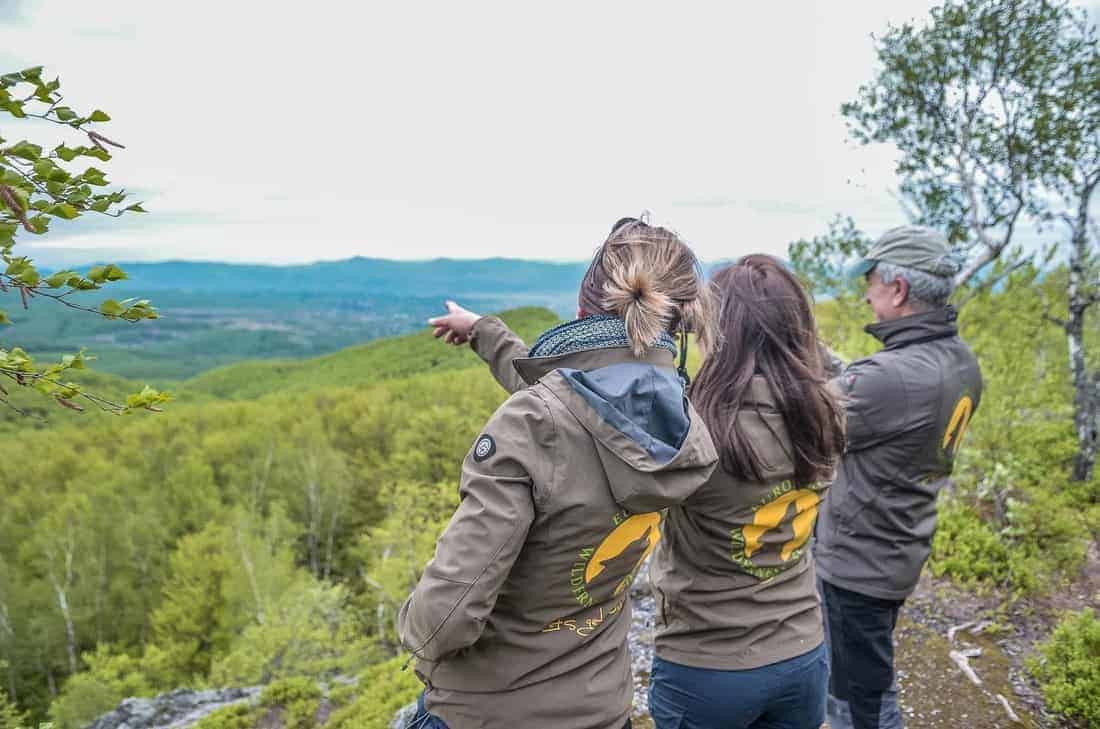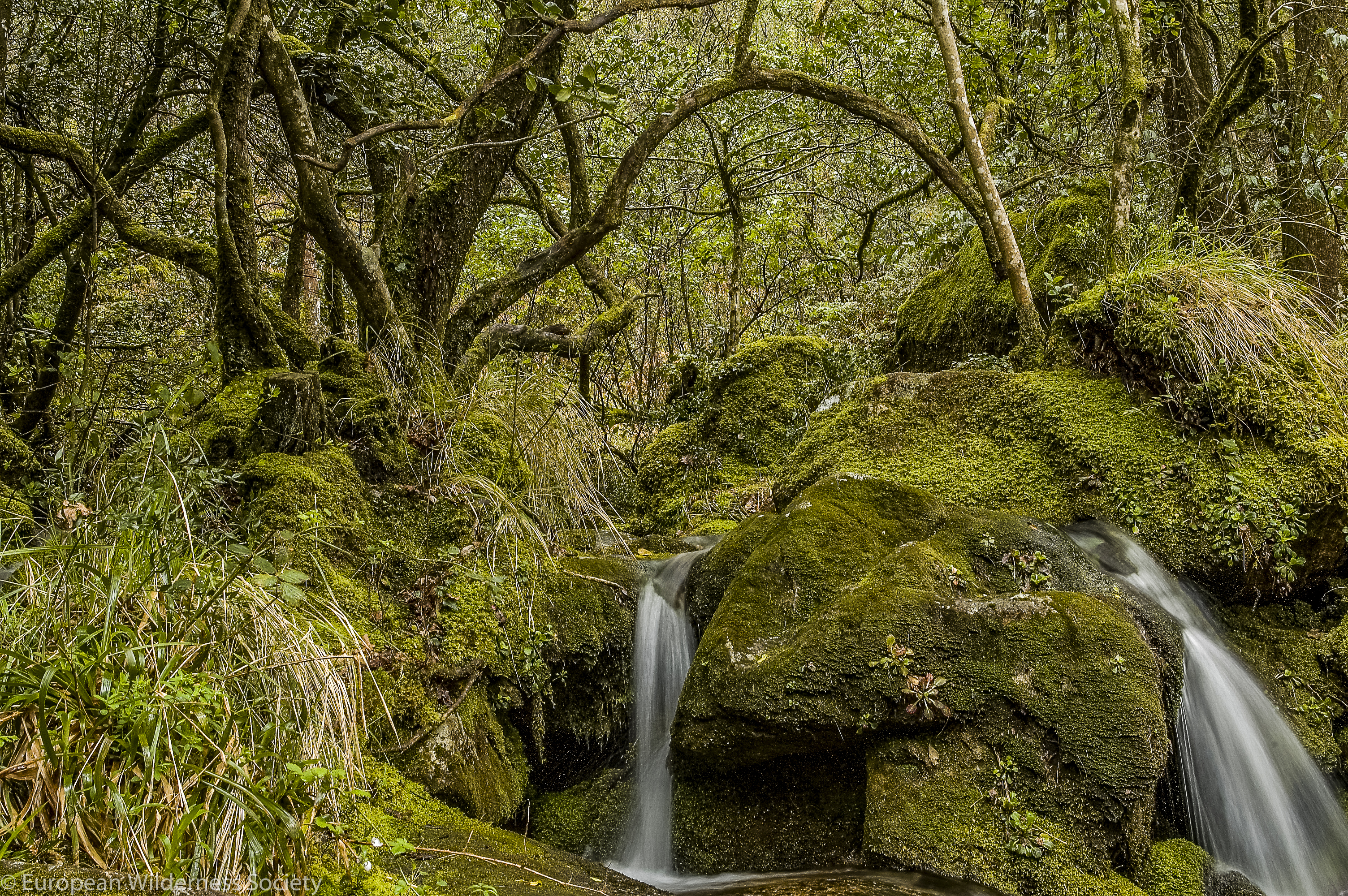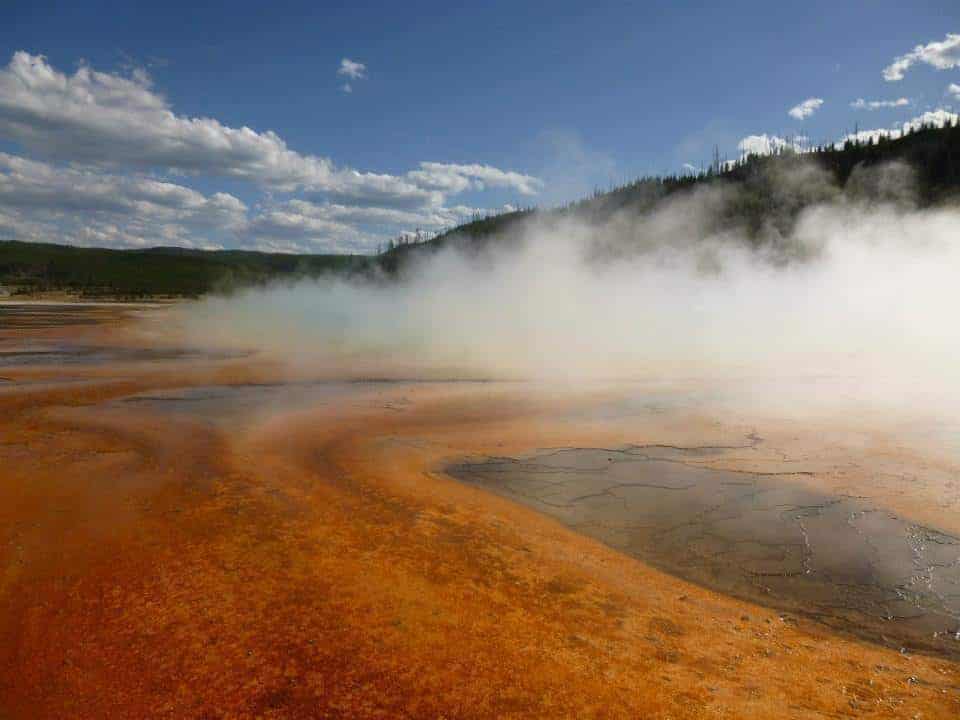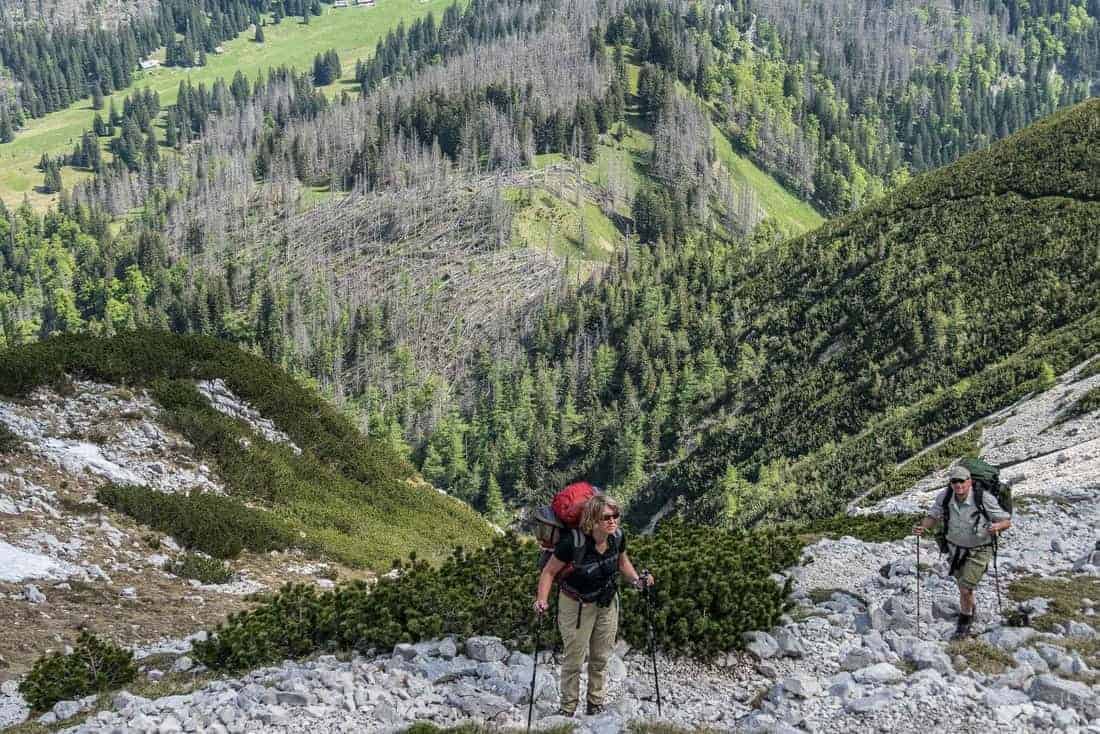Threatening Wilderness in World Heritage Network
Harmful industrial activities are threatening our Wilderness heritage even in protected global networks such as a World Heritage network! That is outcome of the report PROTECTING PEOPLE THROUGH NATURE produced for WWF by Dalberg Global Development Advisors.
Surprise, isn’t it? Where should be our natural (and Wilderness) heritage better protected if not in this global and well known network?
A World Heritage Site is a network combining places (such as a building, city, complex, desert, forest, island, lake, monument, or mountain) that are listed by the United Nations Educational, Scientific and Cultural Organisation (UNESCO) as being of special cultural or natural significance.The list is maintained by the international World Heritage Programme administered by the UNESCO World Heritage Committee, composed of 21 UNESCO member states which are elected by the General Assembly.
Sounds great and important! Who else should protect the globally important cultural and natural heritage (including Wilderness) better then the concept of this global organisation.
Reality seems to be less optimistic. The report PROTECTING PEOPLE THROUGH NATURE produced for WWF by Dalberg Global Development Advisors, revealed on one site how natural World Heritage sites contribute to economic and social development through the protection of the environment, but also revealed details of global failures to protect these areas of outstanding universal value (including biodiversity, habitat, Wilderness).
According this report nearly half of all natural World Heritage sites are threatened by harmful industrial activities. These sites provide vital services to people and the environment, but are at risk worldwide from activities including oil and gas exploration, mining, illegal logging, unsustainable transport and tourism infrastructure.
According to the study, 114 natural and mixed World Heritage sites out of 229 either have oil, gas or mining concessions overlapping them or are under threat from at least one other harmful industrial activity. Five of them are in Central and Southeastern Europe and are protected also by the EU Nature Directives.
Within Central and Southeastern Europe several World Heritage sites are currently threatened by mines, unsustainable water use, transport and tourism infrastructures or deforestation. Among the sites are the caves of Aggtelek in Hungary, the old-growth forests of Pirin National Park in Bulgaria, the Danube Delta, and the primeval beech forests of the Carpathian Mountains.
More can be read here

